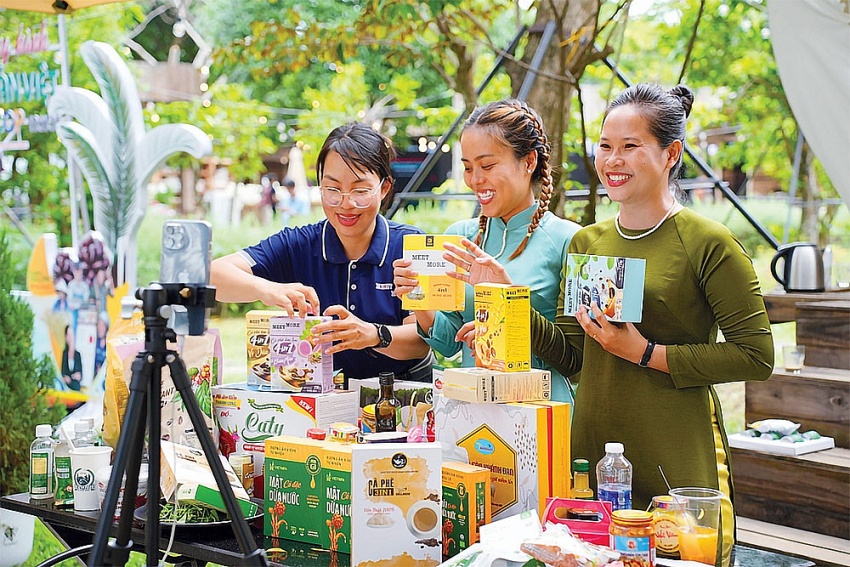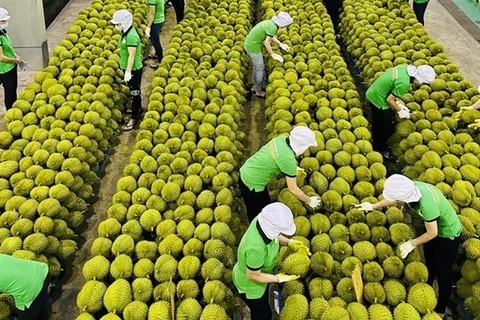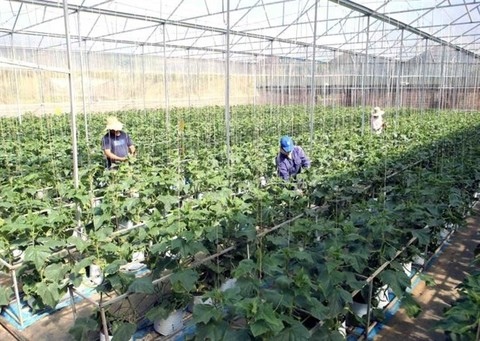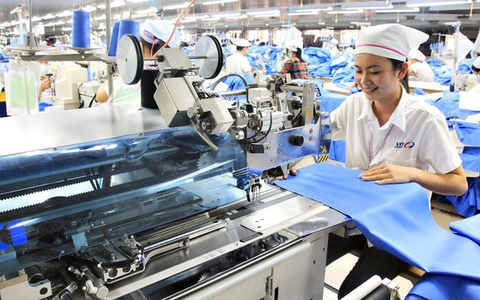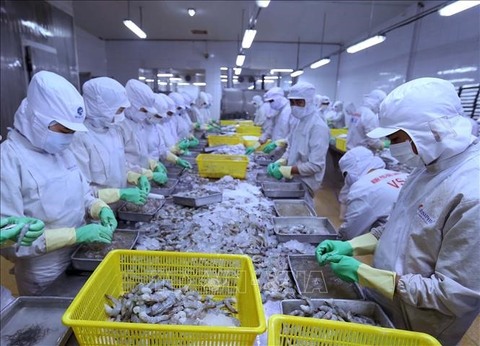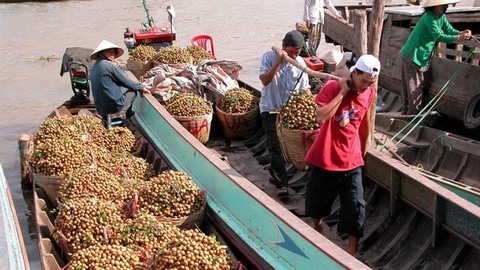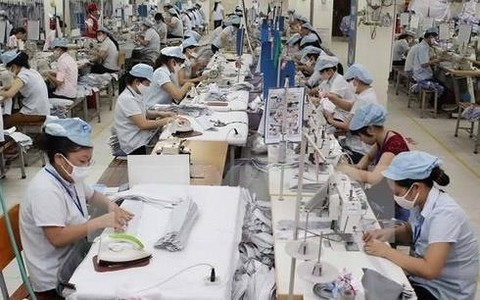Expanding agricultural brands
Expanding agricultural brands
As a country with able agricultural and handicraft production, Vietnam has a lot of excellent regional products, specialities, and handicraft items of very high quality. However, these commodities only have access to small local markets and few opportunities to access large domestic and foreign distribution systems.
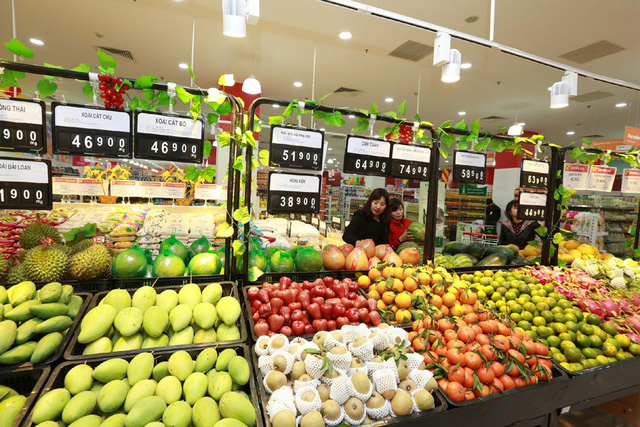
On the agricultural map, Vietnam is always high on the list of countries producing and exporting rice, coffee, pepper, fruits, industrial crops, and aquatic products. With its rich potential, almost every locality has at least a handful of famous specialties, such as Hung Yen’s big longan, Thanh Ha litchi, Thai Nguyen tea, and Phu Quoc fish sauce.
However, despite the potential, the development of these products is limited. Many producers, businesses, organisations, and localities have not paid much attention to the protection of intellectual property rights for agricultural products and very few of them have gained international prestige. Most Vietnamese products are exported in raw form and product branding activities through geographical indications, showing where the goods are produced, are still amateur at best.
In 2016, more than 80 per cent of Vietnam’s agricultural products did not have trademarks, and 90 per cent of products were exported to the global market under foreign brands. There are 900 agricultural specialties in 700 locations nationwide, but only 48 products meet the national geographical indications, only 15 out of the 58 members of the Vietnam Vegetable and Fruit Association have registered trademarks in Vietnam, and 140 collective and certification marks have been registered for intellectual property rights protection.
This is especially true for coffee, which is one of Vietnam’s most famous agricultural products. According to the statistics of the Ministry of Agriculture and Rural Development, 95 per cent of Vietnamese coffee is exported in the form of raw materials, accounting for nearly 40 per cent of the global market, but the export value only accounts for 2 per cent of these products. Vietnam has only three major instant coffee brands and 20 roasted coffee brands exported worldwide. Meanwhile, Brazil has 20 brands of instant coffee and 3,000 brands of roasted coffee.
Some agricultural products and specialties are also floundering in the domestic market despite their high quality. For example, the famous Binh Thuan dragon fruit is sold widely on the streets for only $1 per several kilogrammes, and Vietnamese people even prefer imported Thai rice and jackfruit to local produce. Even more so, there are only two wine brands in Dalat which produce a limited number of bottles.
In fact, consumers are willing to spend more money buying a product of clear origin, quality, and prestigious brand. Studies in the European Union show that 43 per cent of European consumers are willing to pay an extra 10 per cent for products with geographical indication, while 8 per cent would pay an extra 20 per cent, and 3 per cent would even pay up to 30 per cent extra.
This sad situation requires Vietnam to craft a specific strategy for branding and market development in order to increase the brand value of Vietnamese agricultural products and specialties in domestic and international markets.
POSITIVE CHANGES
In order to reach their full potential and raise the market value of Vietnamese agricultural products, a number of enterprises and localities producing regional specialties have strengthened ties and promotion of products across Vietnam’s provinces with large consumption markets. The connections for the consumption of regional specialties brings obvious benefits, especially as Vietnam is entering the global market with the implementation of commitments under free trade agreements, such as the Comprehensive and Progressive Agreement for Trans-Pacific Partnership (CPTPP), and the ASEAN Economic Community (AEC).
Many localities also have policies in place to encourage enterprises to build brands and participate in the supply chain, ensuring quality and origin requirements. According to Le Hong Thang, director of the Hanoi Department of Industry and Trade, since 2016 Hanoi has directly introduced the specialities of 46 cities and provinces into the distribution system of foreign enterprises, such as Japan’s AEON Mall, South Korea’s Lotte Mart, Thailand’s Central Group, and France’s Rungis Wholesale Market. However, businesses still need to promote on-the-spot exports such as connecting specialties with tourism sites and strengthen the promotion of the specialities of these tourist sites to foreign visitors. These strategies have proved extremely successful for Japan and Thailand, offering a wealth of lessons for Vietnamese businesses to study.
In addition, fairs promoting agricultural products and handicrafts are also organised in localities and increasingly attract tourists, such as the Vietnam Regional Specialities Fair, Ben Tre Fruit Fair, Safe and Clean Agricultural Products Fair, as well as the International Fair of Agriculture and Food.
First held in Hanoi in 2014, the Vietnam Regional Specialities Fair was launched with the aim of bringing outstanding specialities and goods of localities across the country to Hanoi, fanning the demand among the capital’s residents. After five years of organisation, the fair has become a platform to promote the outstanding products of each locality among consumers and connect production enterprises with domestic distribution and supply units.
This year’s fair also included the “One Commune One Product – OCOP” exhibition with nearly 300 pavilions of 200 Vietnamese enterprises and businesses from six countries in the world. Beside the specialties of the region, the fair also showcased more than 20 craft villages from Hanoi via nearly 100 pavilions, creating a vivid picture of the potential of the craft villages.
Nguyen Thi Mai Anh, deputy director of the Hanoi Promotion Agency (HPA) said many organisations registered to participate, but due to limited space, organisers had to promise to keep reservation for the next season.
Participating for the first time in Vietnam Regional Specialities Fair, Hoang Duong, production manager of L’orchata Vietnam Nut Milk JSC, said that the company’s main product is cashew milk made from Binh Phuoc province’s famous cashew produce. In the future, the company will also set up new product lines from lotus seed and green beans made from materials originating from Vietnam.
Duong said, “We were very proud when the locally-sourced products of L’orchata appeared in the L’Place and Tomita supermarkets where up to 80 per cent of goods are imported. We have received good feedback from customers, and in the coming time, we will appear at Vinmart and Circle K and we are planning to penetrate Southeast Asia and South Korea. I think this will also be a way for us to promote and contribute to improving the value of Vietnamese agricultural products.”


